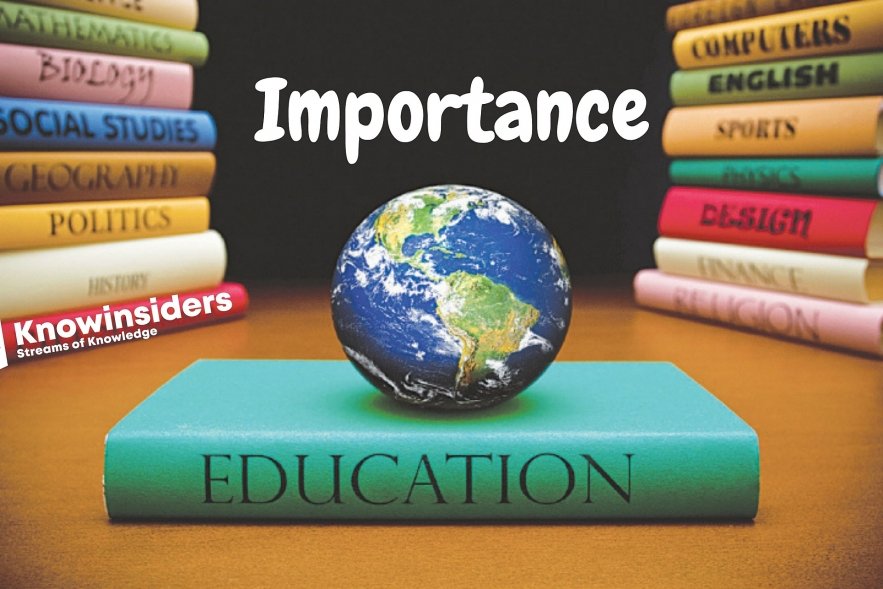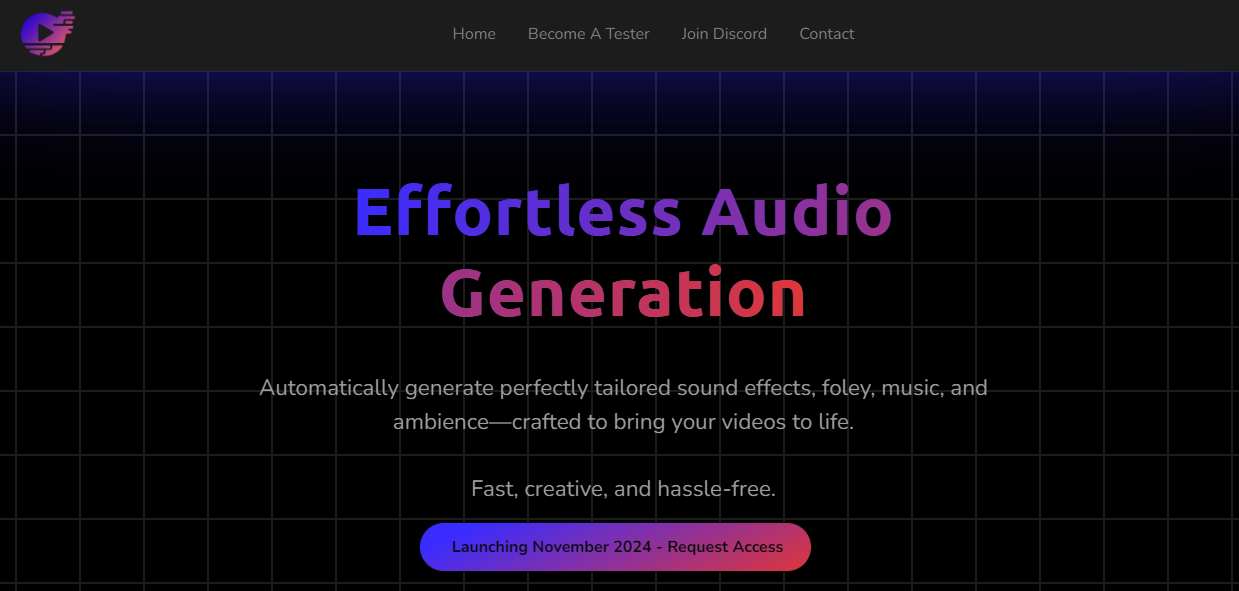STEM education scurly pass encompassing Science, Technology, Engineering, and Mathematics—has become a cornerstone of educational policy and economic strategy in the United States. As global competition intensifies and technological advancements accelerate, the demand for skilled professionals in STEM fields has surged. This article explores the multifaceted drivers behind the growing demand for STEM education in the U.S., examining economic factors, labor market trends, educational policies, and societal shifts.
The Economic Imperative
Global Competitiveness
The U.S. economy relies heavily on innovation and technological advancement. According to recent reports, North America accounted for over 45% of the global STEM education market in 2023, reflecting its pivotal role in driving technological progress
As countries like China and India ramp up their STEM education initiatives, the U.S. faces pressure to maintain its competitive edge. The need for a robust STEM workforce is not just a matter of economic growth; it is also intertwined with national security concerns
Labor Market Trends
The job market is experiencing a significant shift towards STEM-related occupations. Projections indicate that STEM jobs will grow by 8% between 2017 and 2029, outpacing non-STEM job growth
This gap highlights an urgent need for enhanced educational pathways to prepare students for these high-demand careers.
Educational Policies and Initiatives
Federal and State Investments
In response to these challenges, both federal and state governments have initiated various programs aimed at strengthening STEM education. For instance, the Supporting STEM Learning Opportunities Act was introduced to increase funding for STEM education initiatives, particularly targeting underrepresented groups
These investments aim to create a more inclusive environment that encourages participation from diverse demographics.
Curriculum Development
The evolution of educational curricula also plays a critical role in driving demand for STEM education. Schools are increasingly adopting project-based learning approaches that allow students to apply their knowledge to real-world problems. This hands-on experience fosters critical thinking and collaboration skills essential for success in STEM careers
Furthermore, advancements in educational technology (EdTech) are transforming how STEM subjects are taught, making learning more interactive and engaging.
Societal Shifts
Changing Perceptions of STEM Careers
Societal attitudes towards STEM careers are shifting as awareness grows regarding their importance and potential for lucrative employment. The average salary for STEM workers is approximately $100,900—more than double that of non-STEM occupations
This financial incentive is encouraging more students to pursue degrees in these fields.
Gender and Diversity Issues
Despite progress, significant gender disparities persist within STEM professions. Women represent only 27% of the STEM workforce, with even lower numbers in specific areas like computer science
Addressing these disparities is crucial not only for equity but also for maximizing the talent pool available to meet future demands.
The Role of Technology
EdTech Innovations
The rise of educational technology has revolutionized how students engage with STEM subjects. Self-paced learning platforms have gained popularity, allowing students to learn at their own pace while utilizing built-in assessments and interactive tools
These innovations enhance student engagement and improve learning outcomes.
Artificial Intelligence and Emerging Technologies
Emerging technologies such as artificial intelligence (AI) are reshaping the landscape of STEM education. The Biden administration’s recent executive order emphasizes the need to expand AI education as part of a broader strategy to bolster the U.S. workforce in critical technology sectors
As these technologies become integral to various industries, the demand for skilled professionals who can navigate them will only increase.
Challenges Ahead
Teacher Shortages
One of the most pressing challenges facing U.S. STEM education is the shortage of qualified teachers. Many schools struggle to find educators who are adequately prepared to teach complex subjects like advanced mathematics or computer science
Without well-trained instructors, students may not receive the quality education necessary to pursue careers in these fields.
Accessibility Issues
Access to quality STEM education remains uneven across different regions and demographics. Students from low-income backgrounds often lack access to resources that facilitate engagement with STEM subjects. Initiatives aimed at increasing accessibility are essential for ensuring that all students have equal opportunities to succeed in these critical areas.
Conclusion
The demand for STEM education in the United States is driven by a confluence of economic imperatives, labor market trends, educational policies, societal shifts, and technological advancements. While significant progress has been made in enhancing STEM education access and quality, challenges remain that must be addressed to ensure that future generations are equipped with the skills needed to thrive in an increasingly competitive global landscape.












